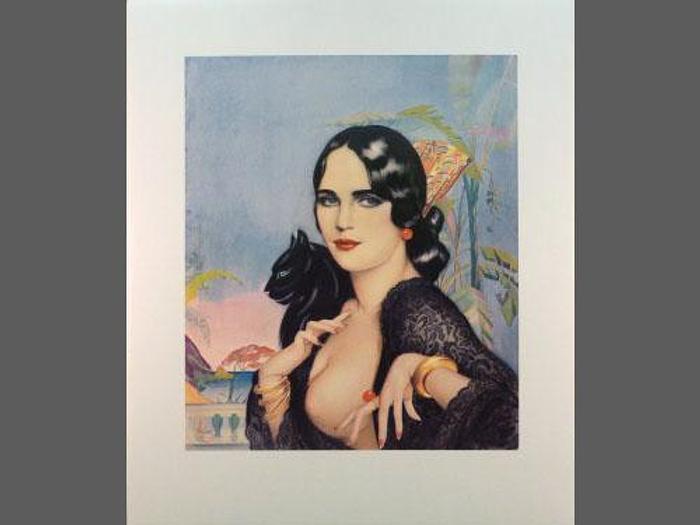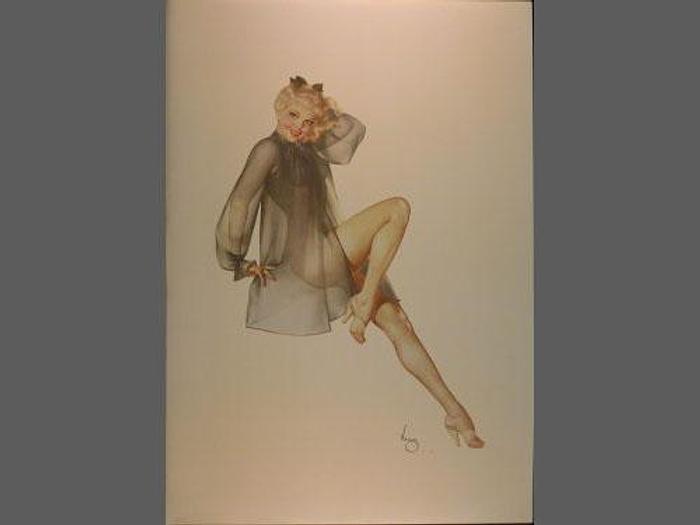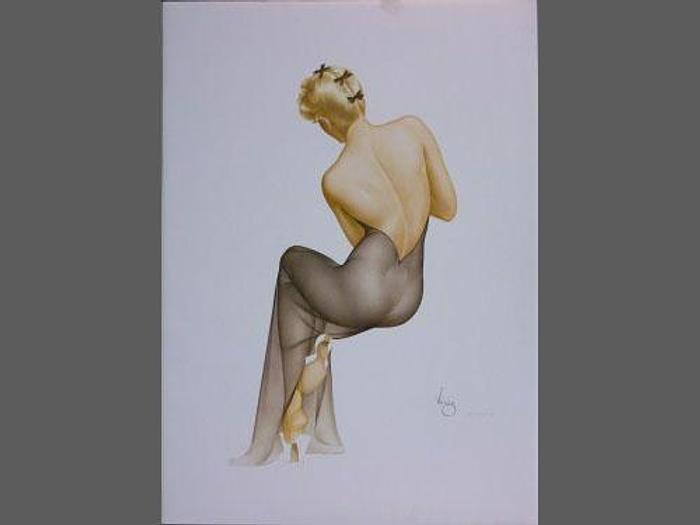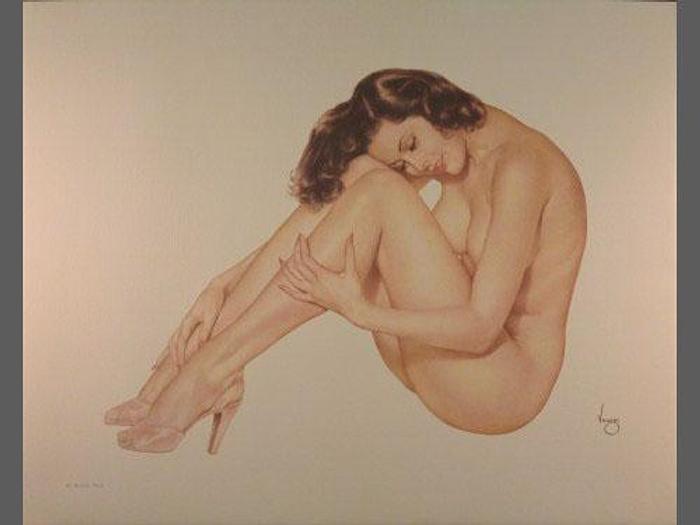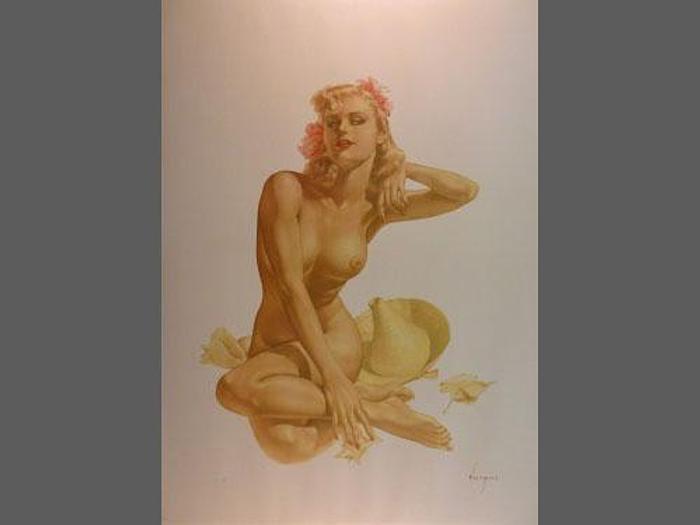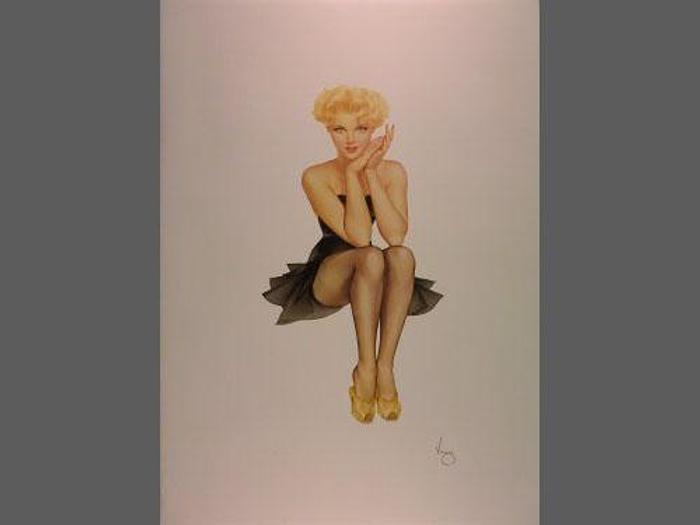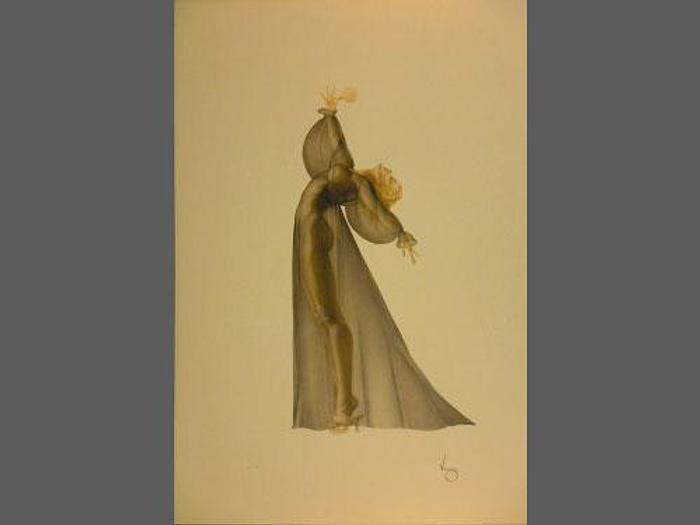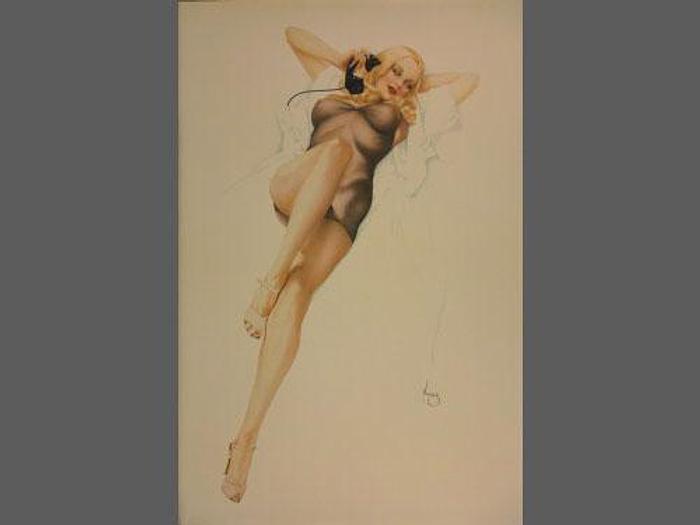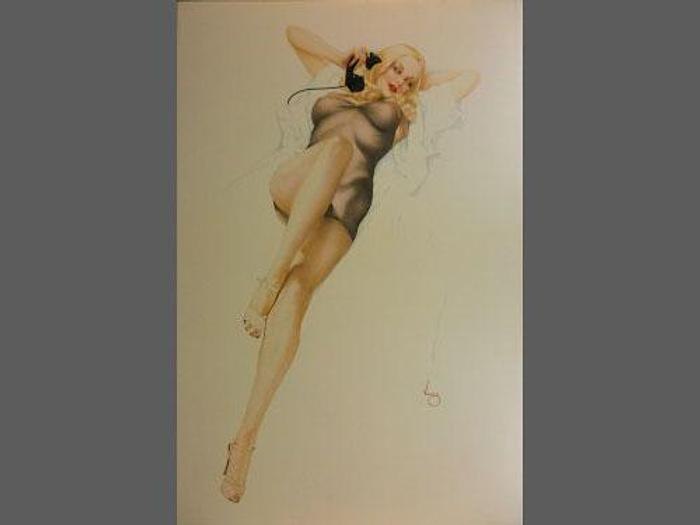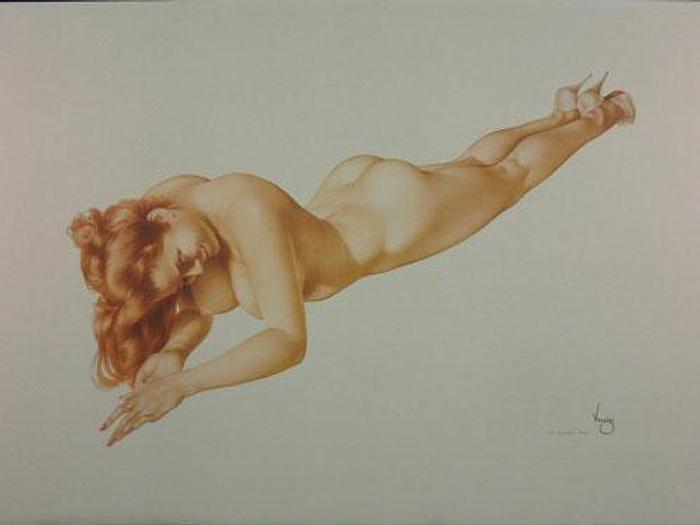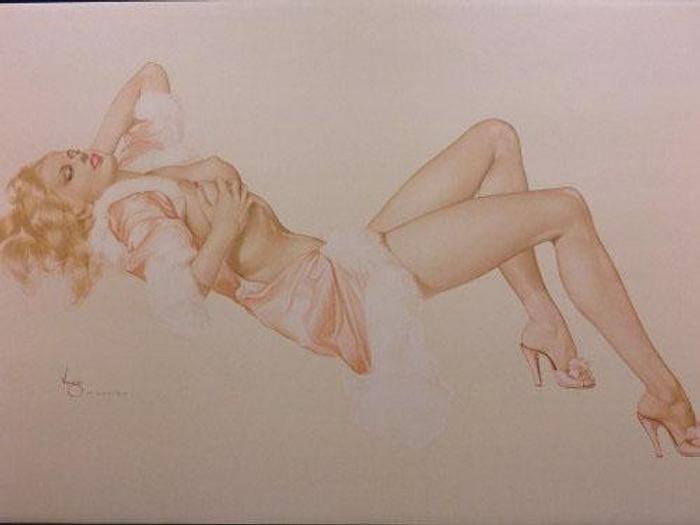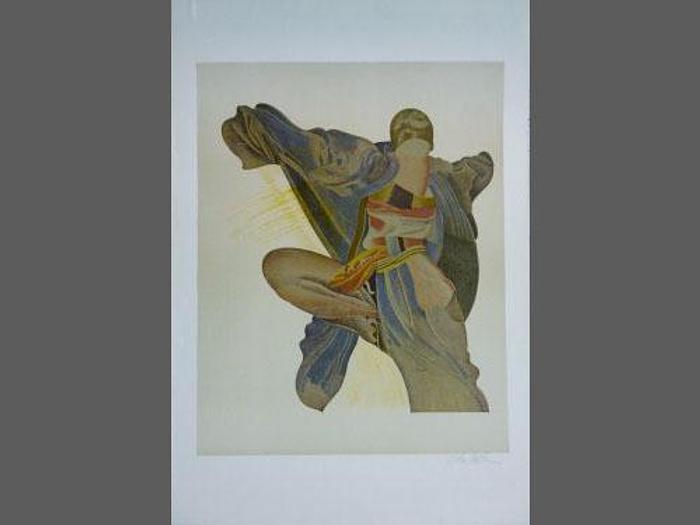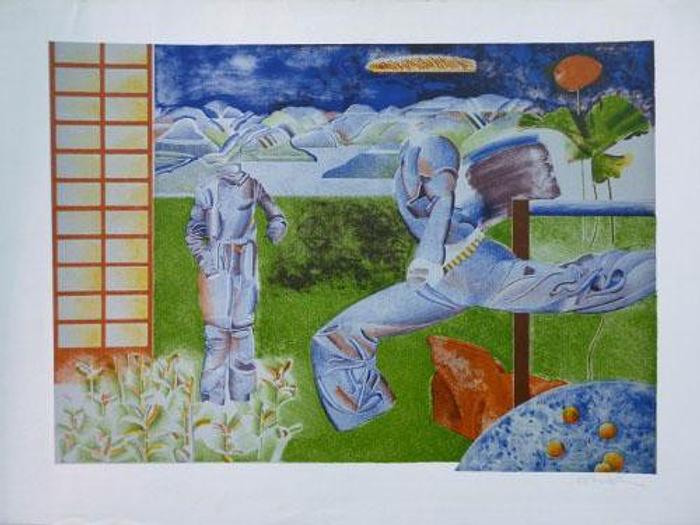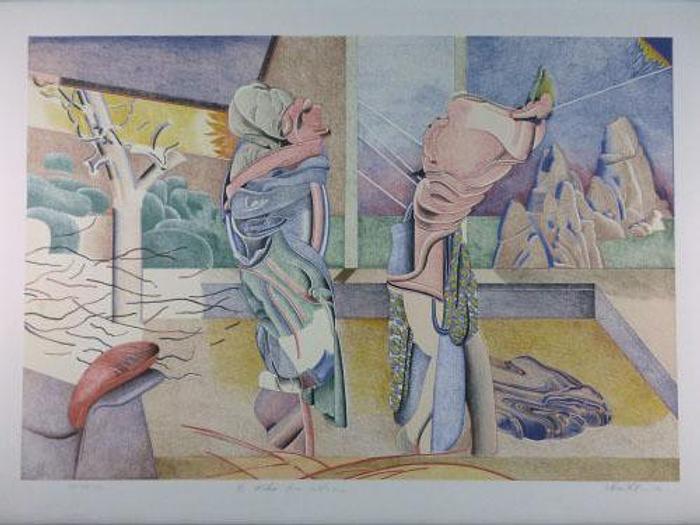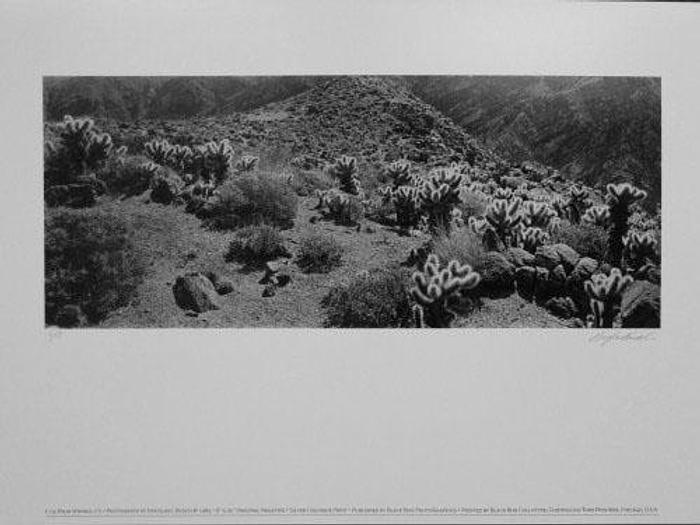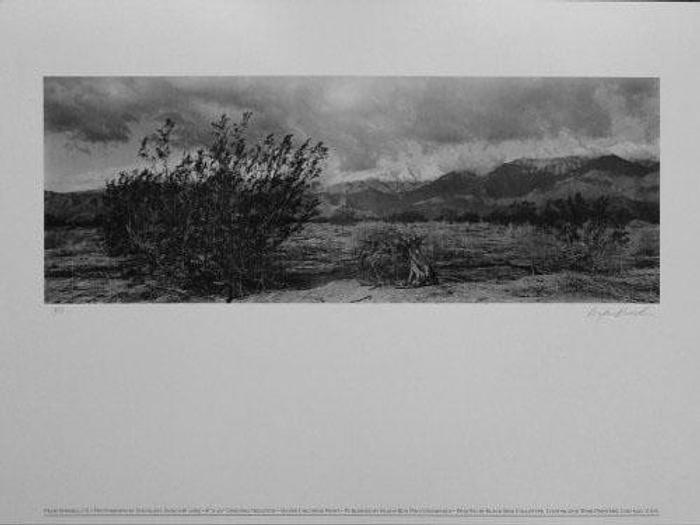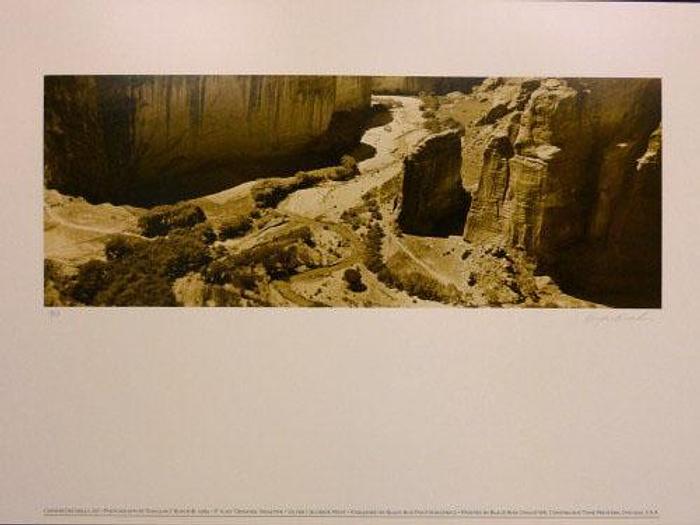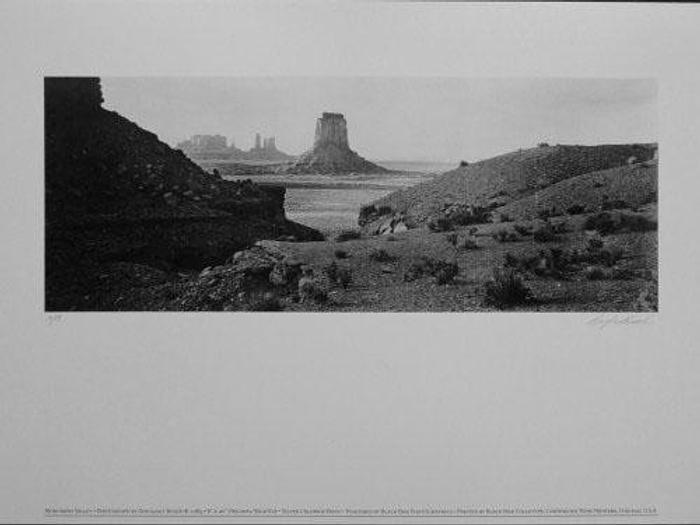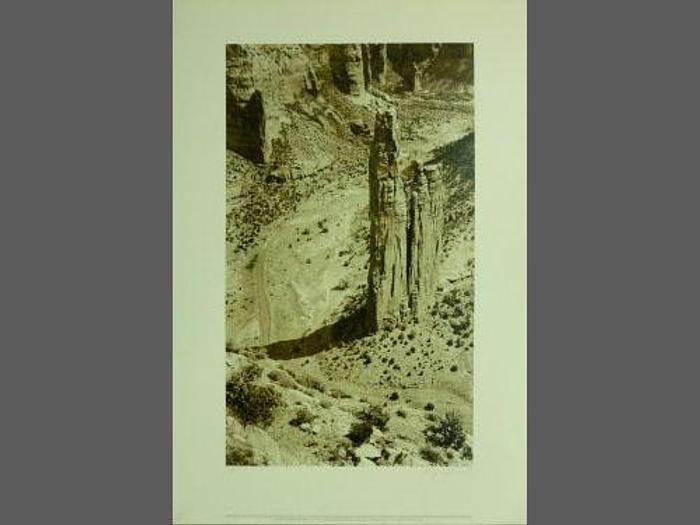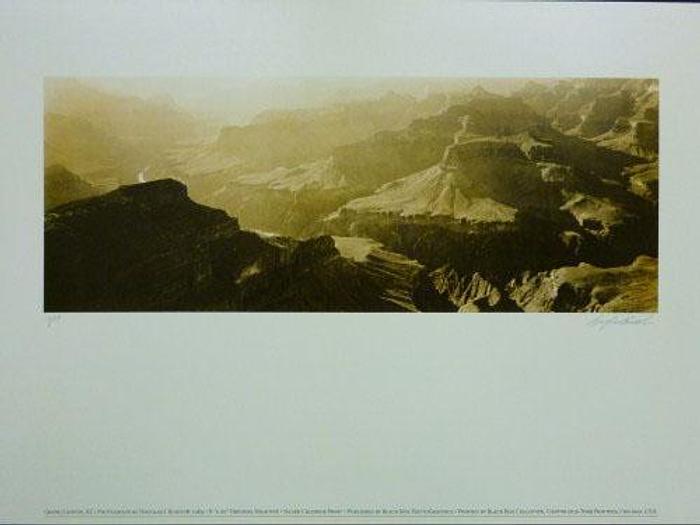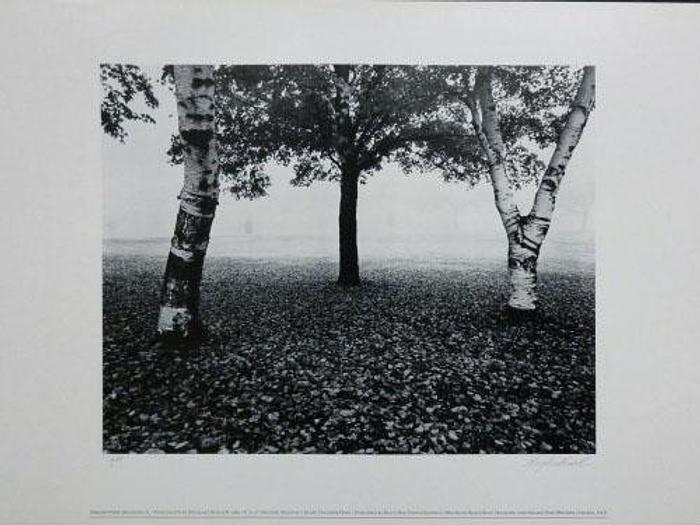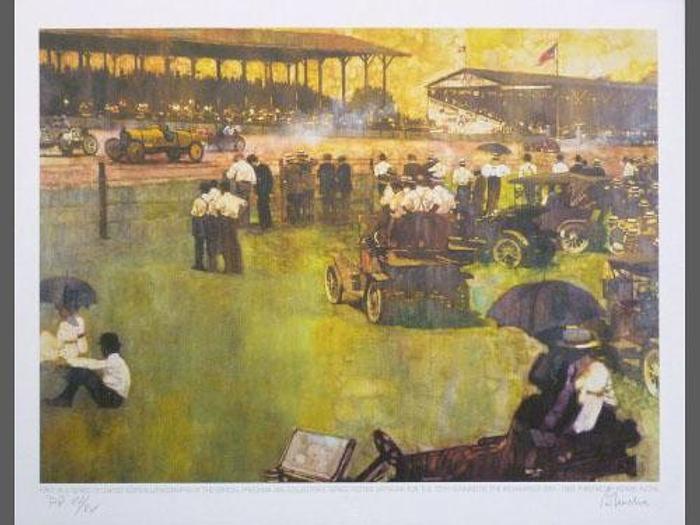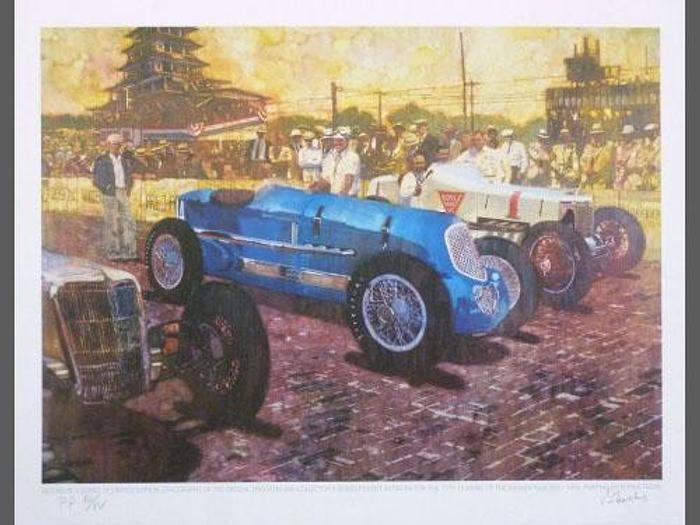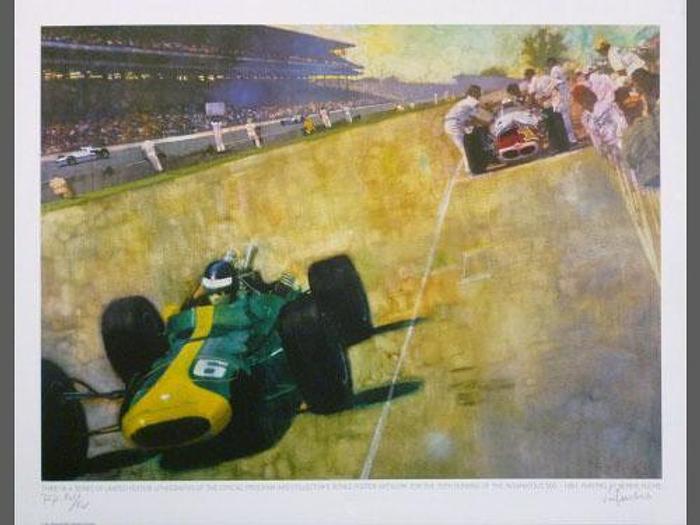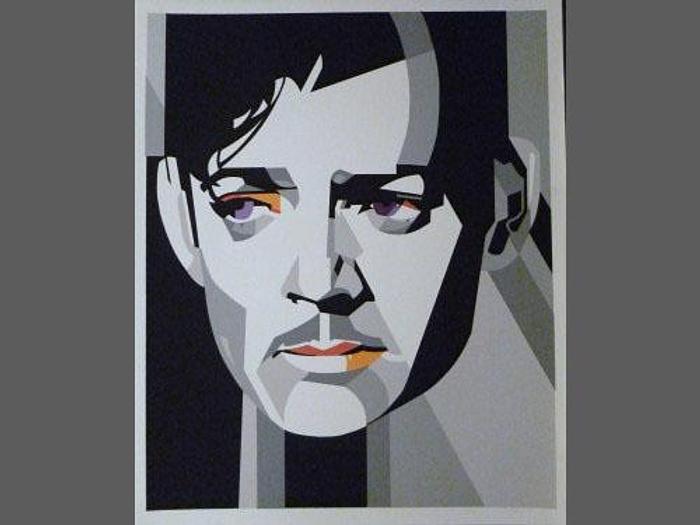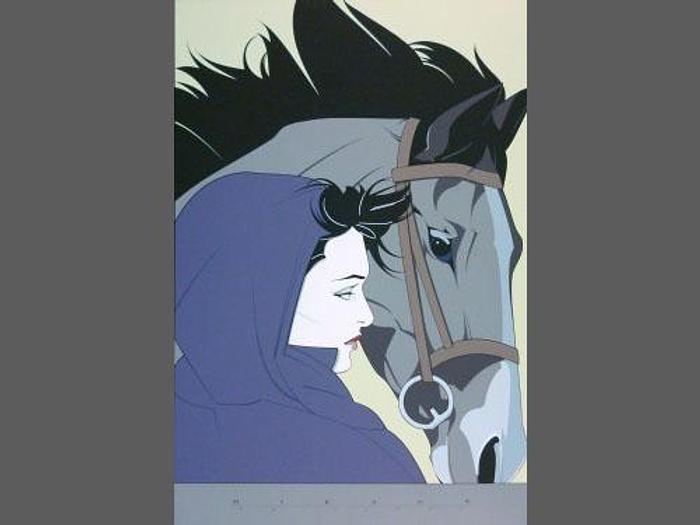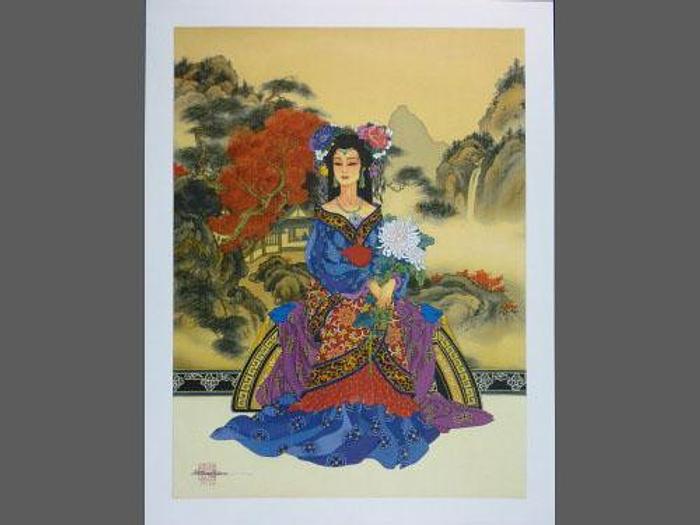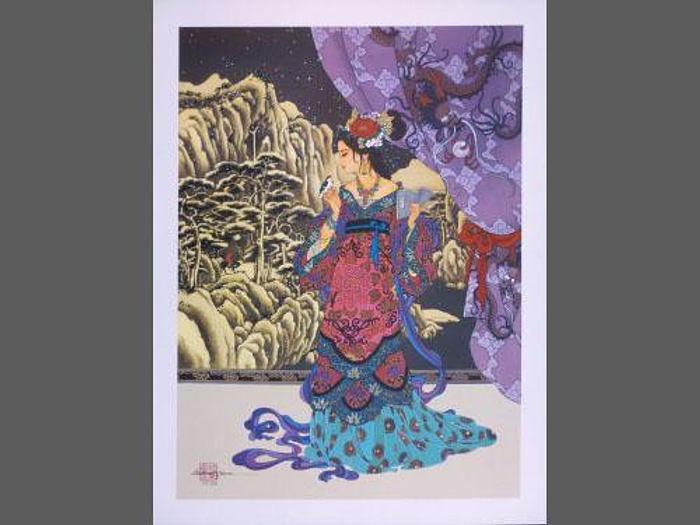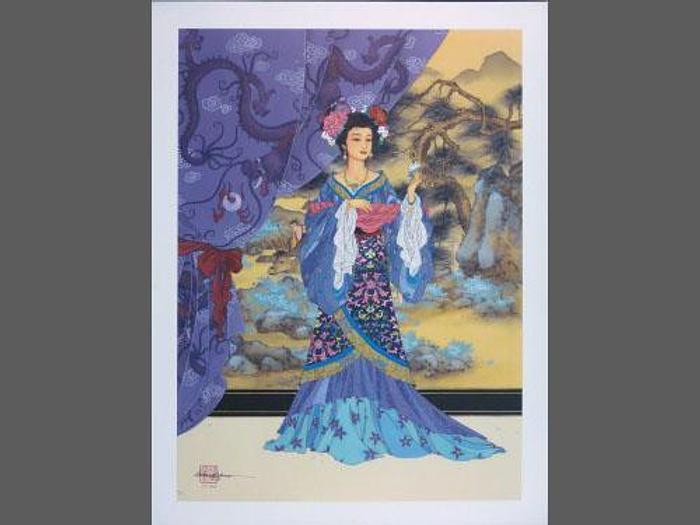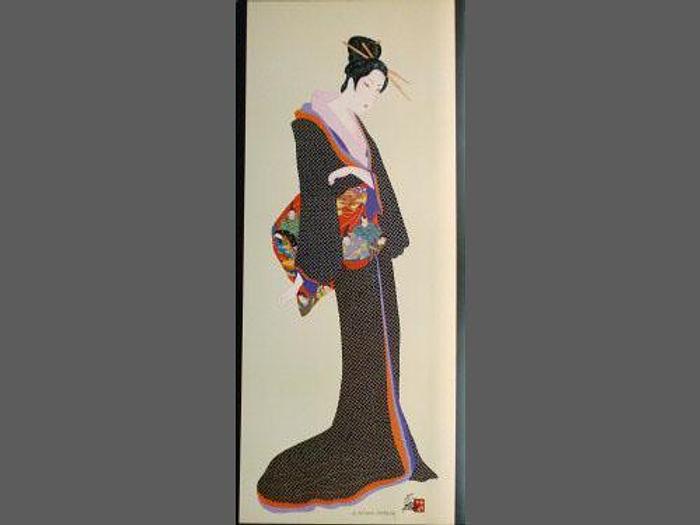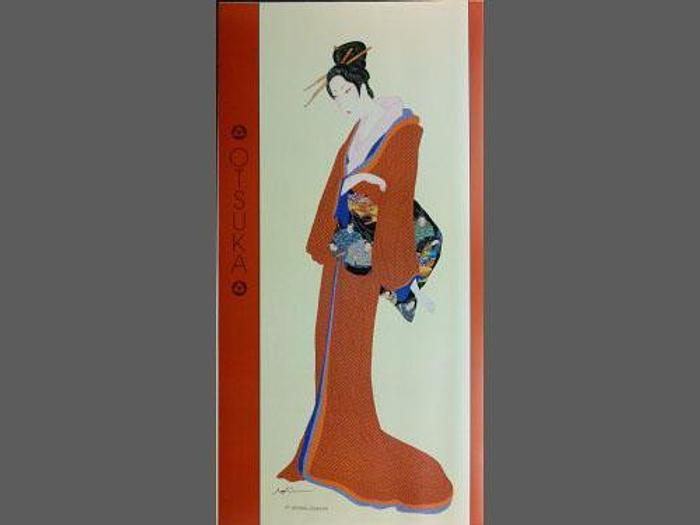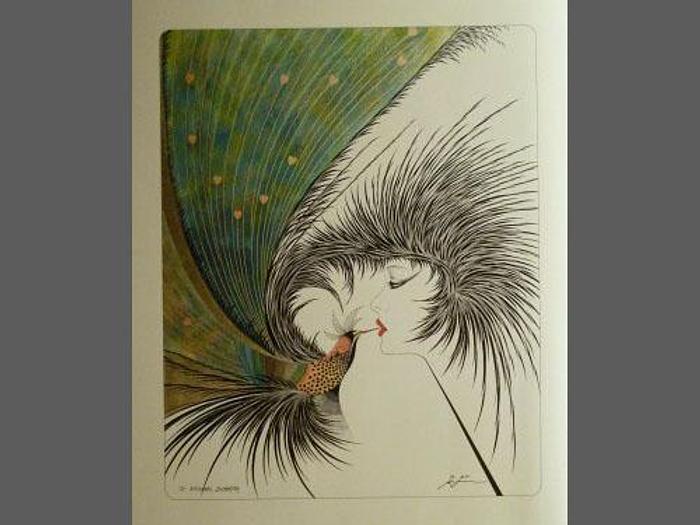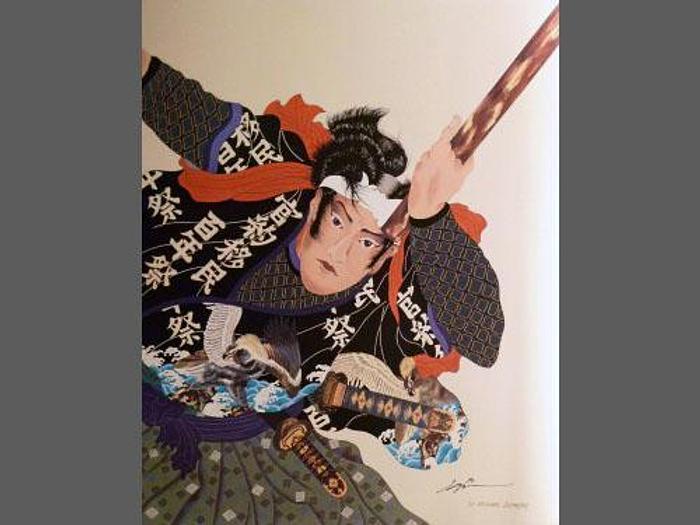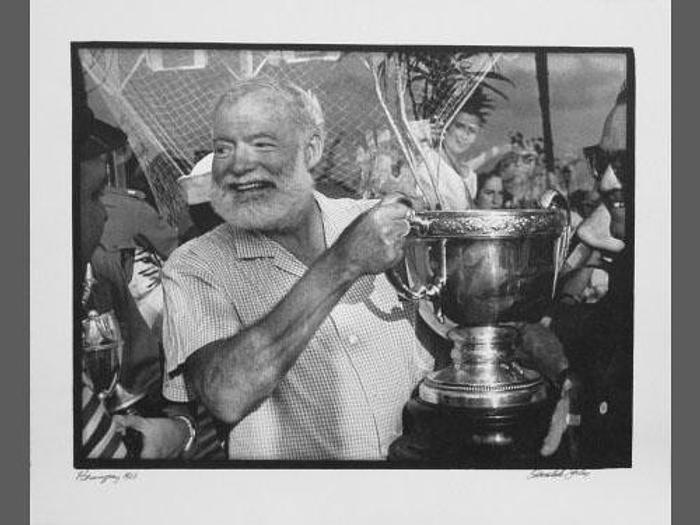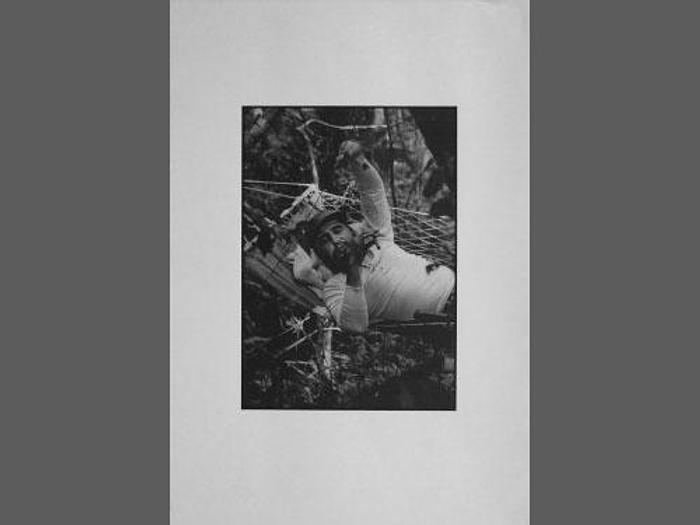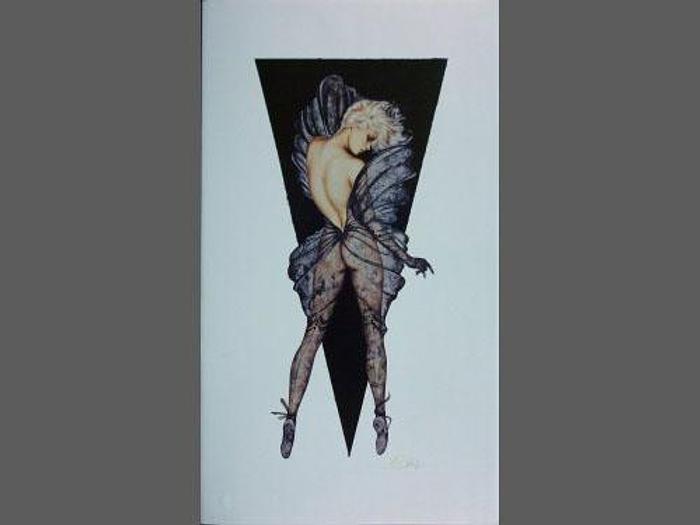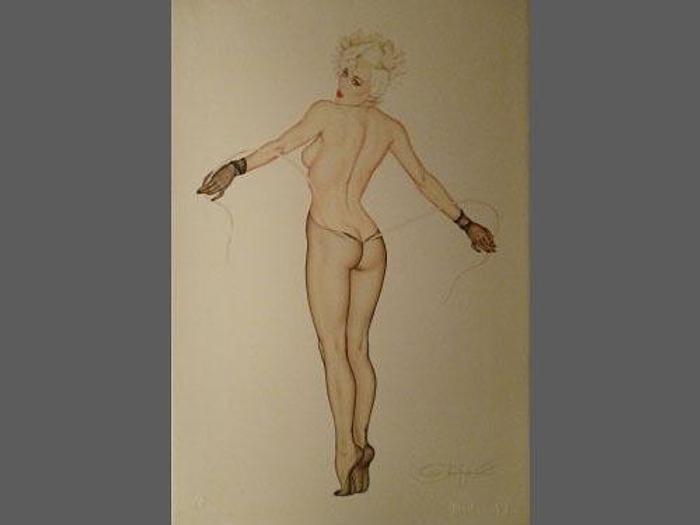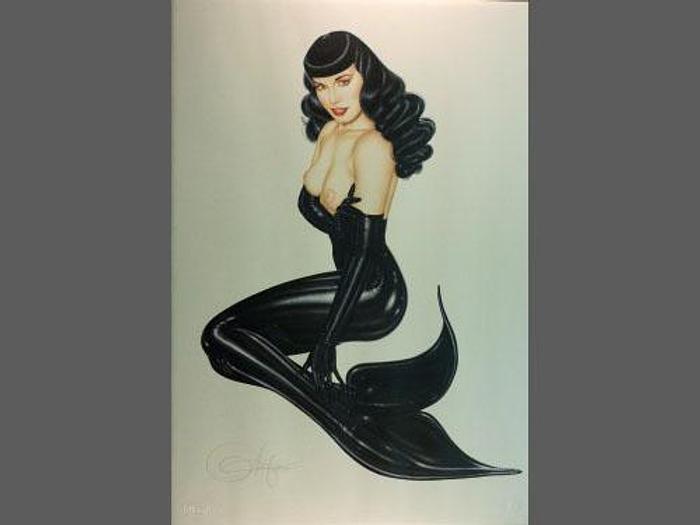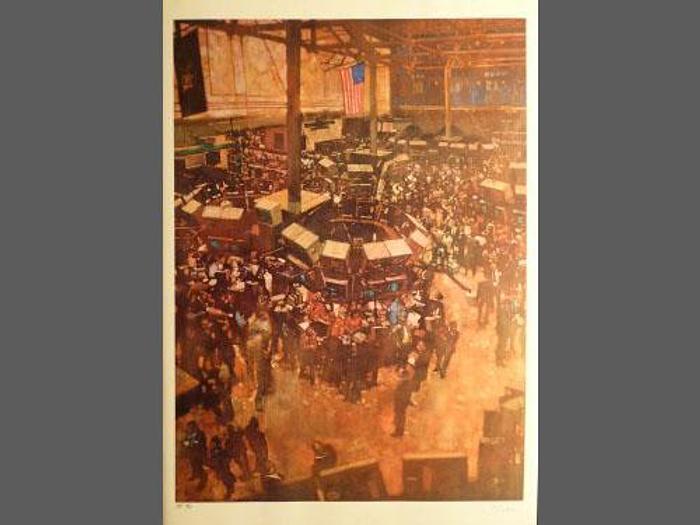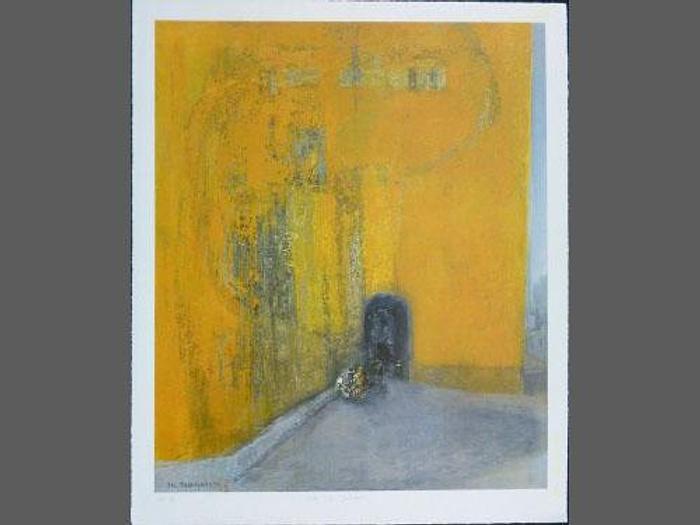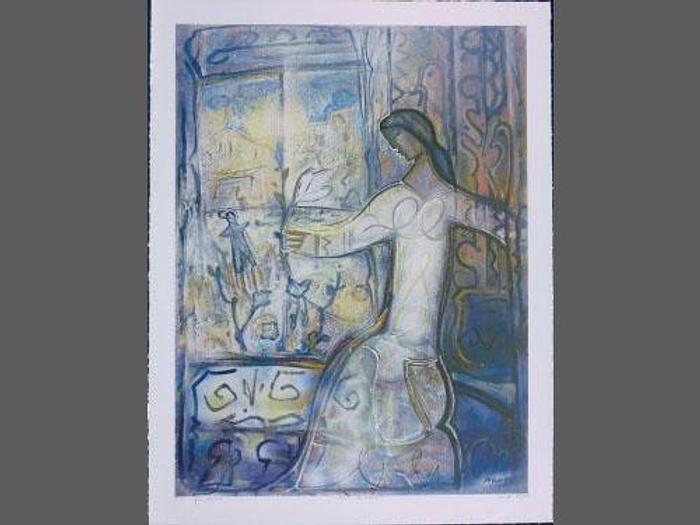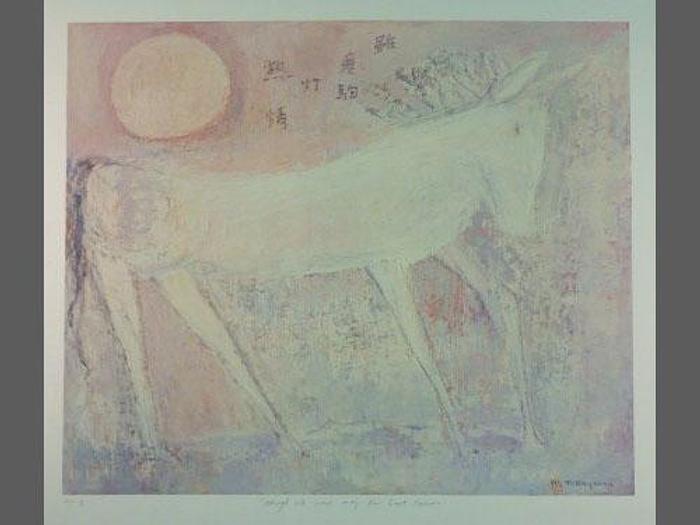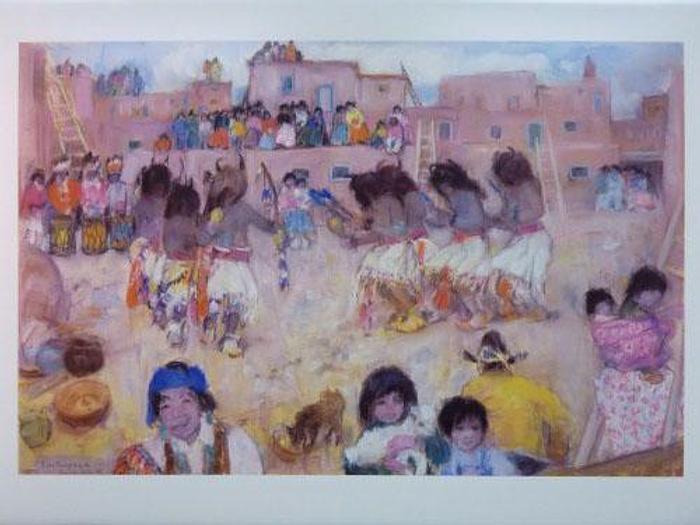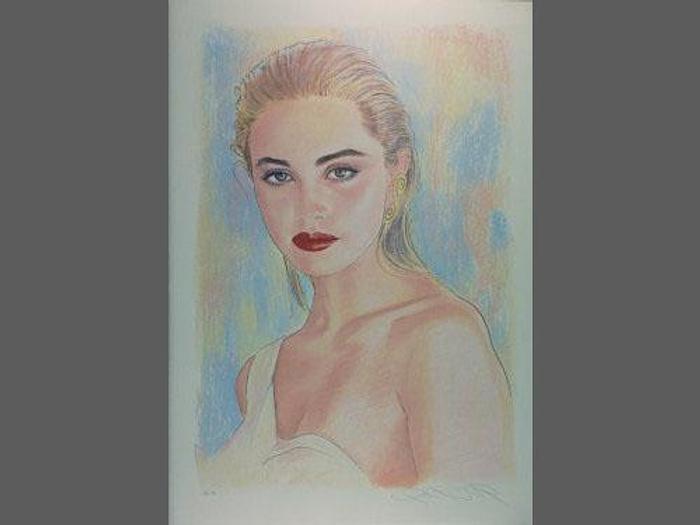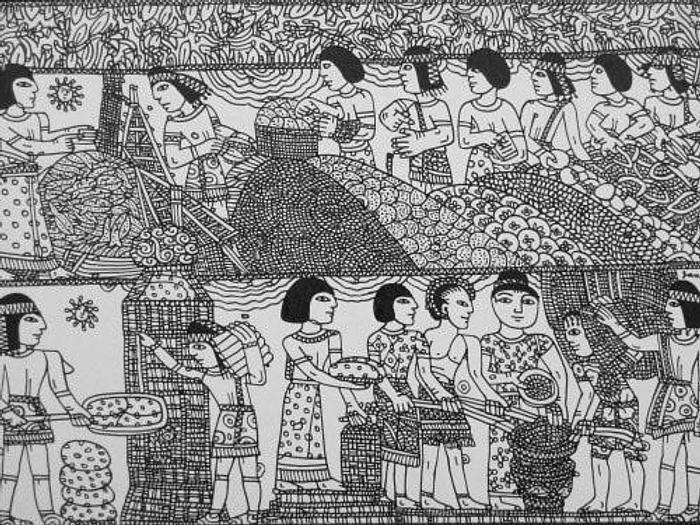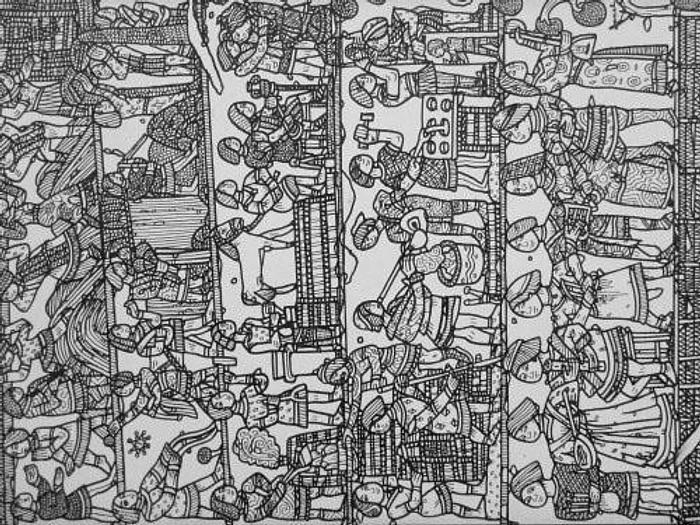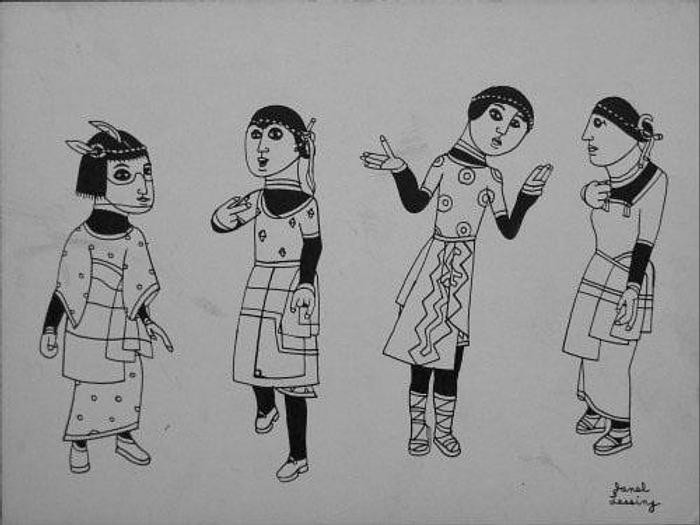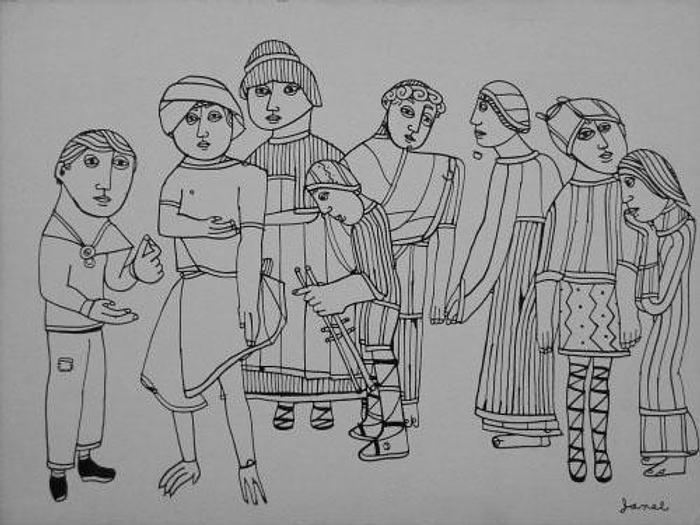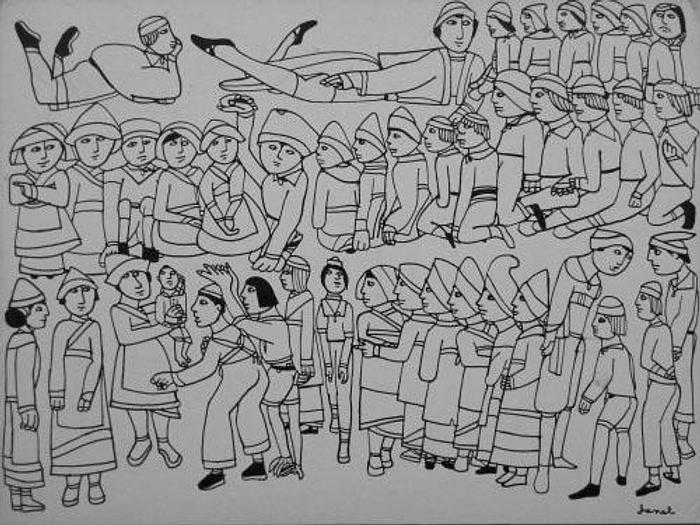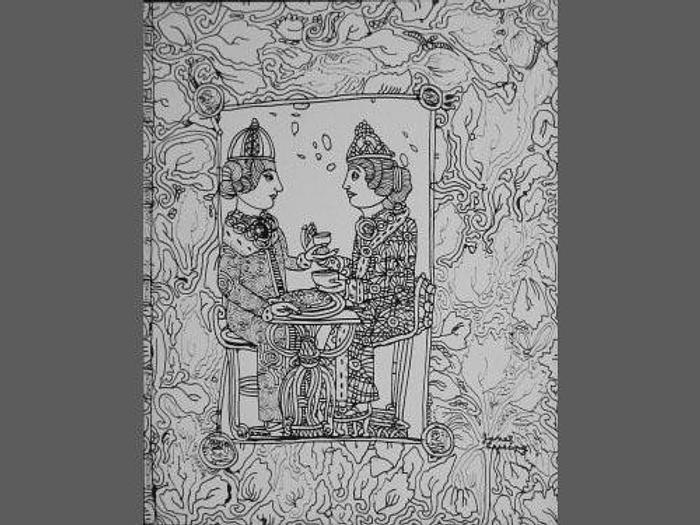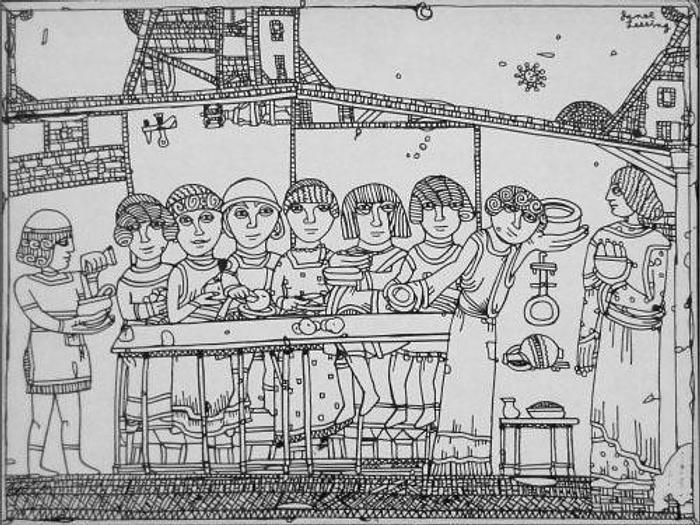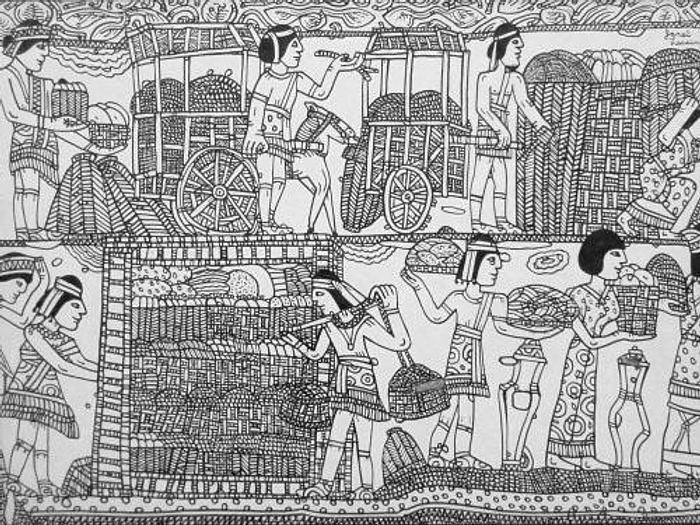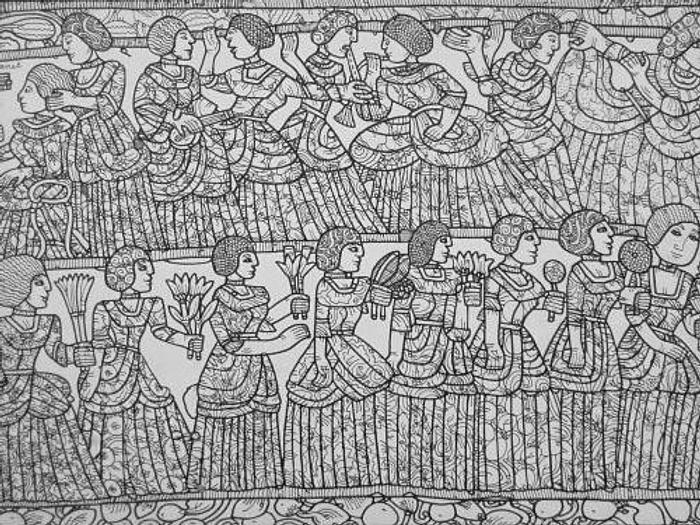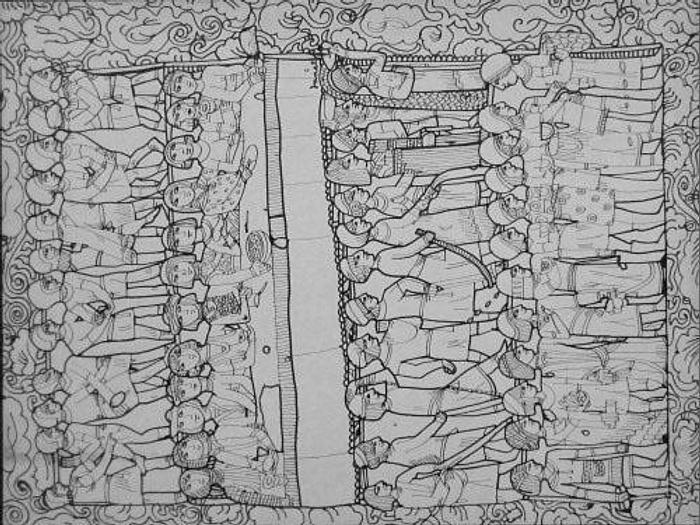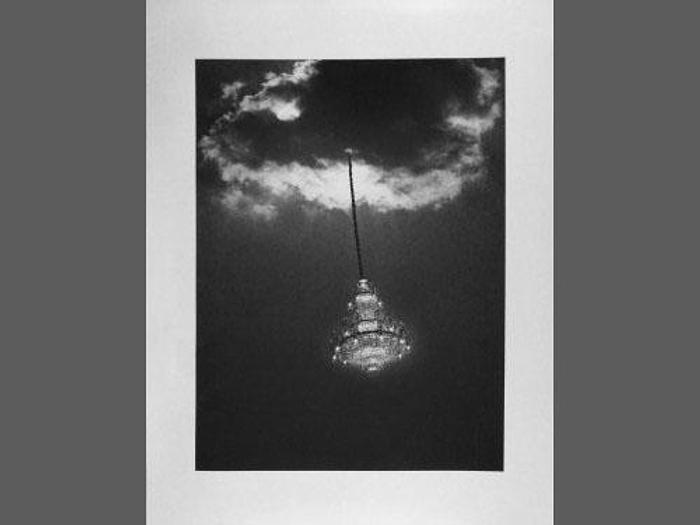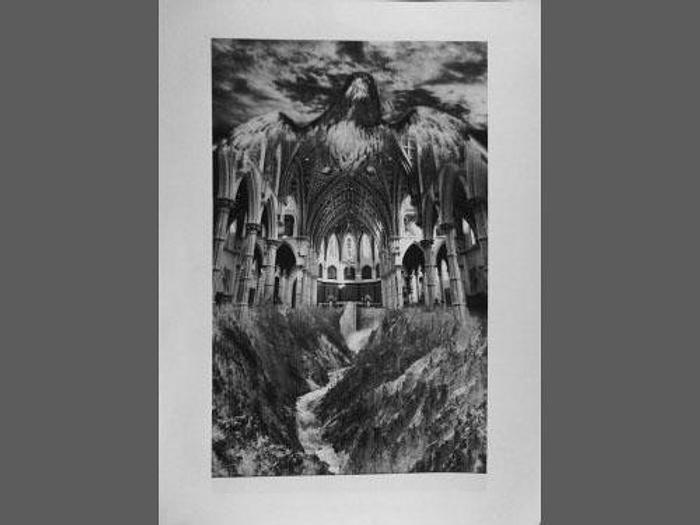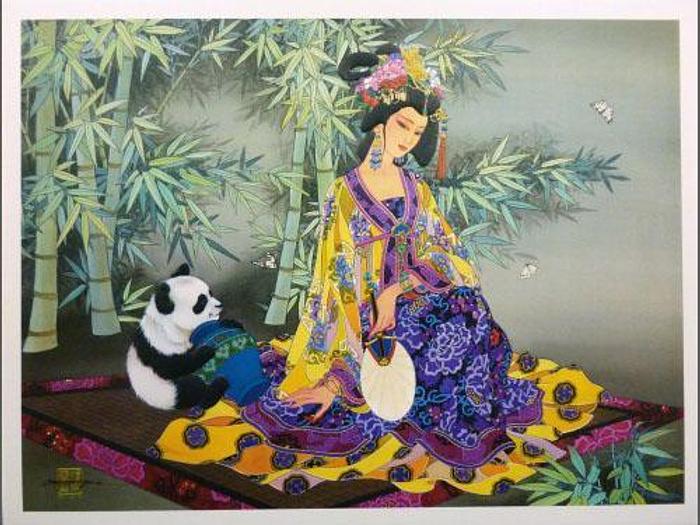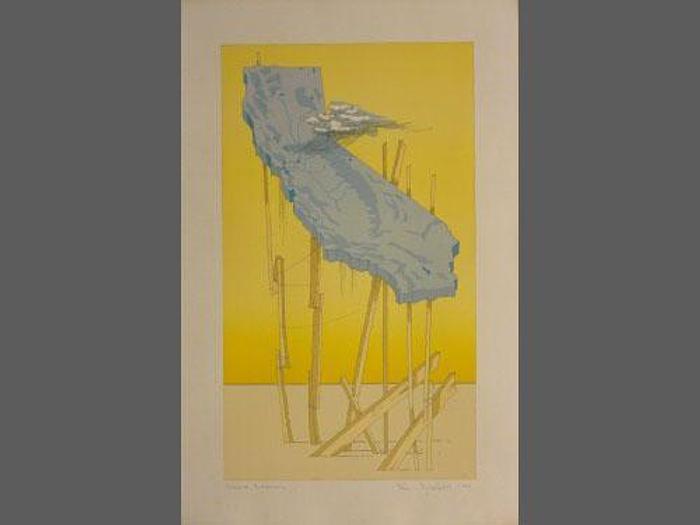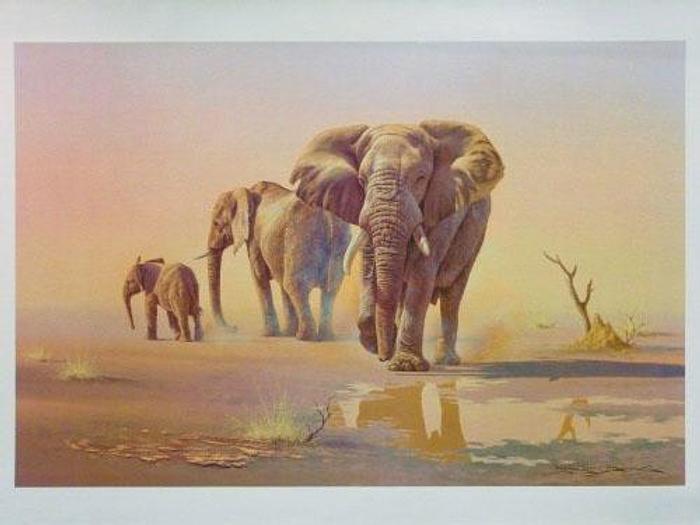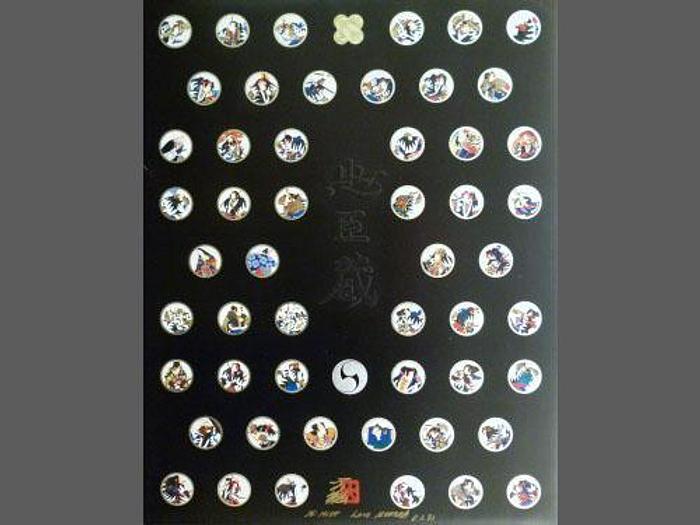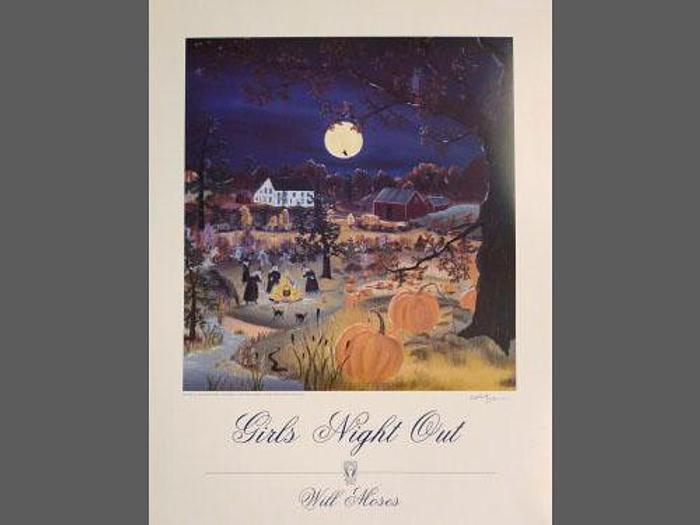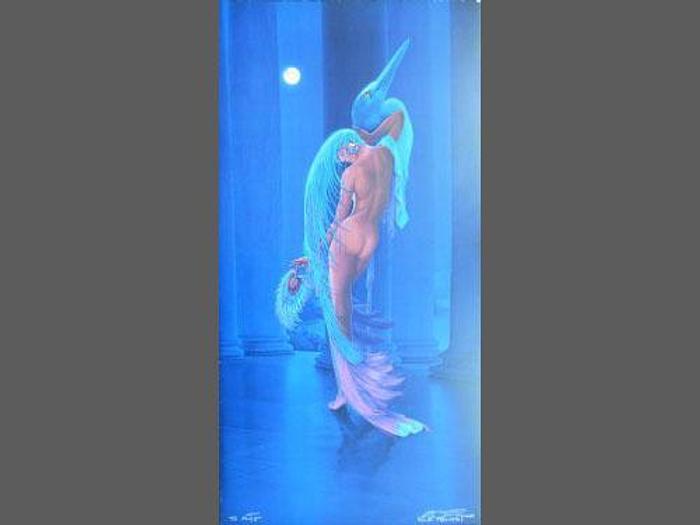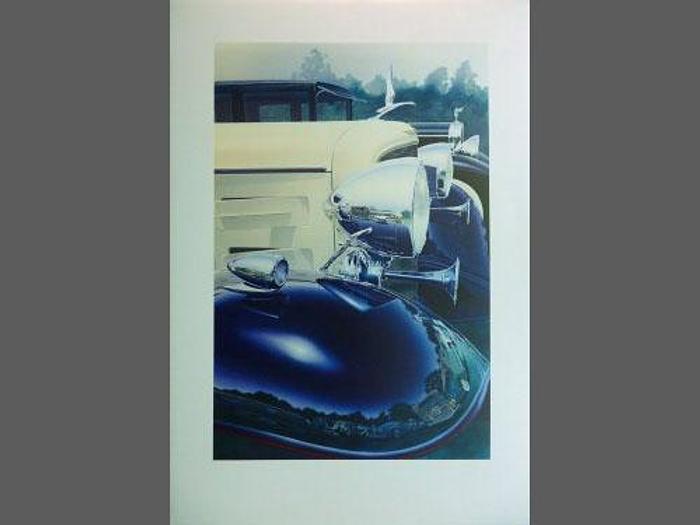3/28/2012, Blackbox Collotype

Information
VIEW LOT CATALOG
Rare Offering of High End Artistic Re-creations and Reproductions Using the Collotype Process and Continous Tone Lithography - Over 1000+ Prints From Blackbox Collotype to be Offered at this Auction - Absolute Auction, Everything Must Be Sold!
Chicago, Illinois USA
NOTICE TO BIDDERS
This is an ABSOLUTE AUCTION. Everything must be sold.
This auction features over 600 pieces of art work from the Black Box Collotype Collection.
All bidding will be conducted online though our online bidding system.
Inspections will be by appointment only. Call 203-458-0709
Verification Period. If for any reason you are unhappy with your puchases, we are offering a 7-day (from date of receipt) refund on all items. Buyer pays shipping
FEATURED ARTISTS
Alberto Vargas
Jennel Lessing
Olivia
Caroline Young
Anthony Beckish
Bernie Fuchs
Carl Barks
Douglas Busch
Greg Padginton
Hugo Prado
Jack Cardiff
Jack Miller
Michael Atkinson
Otsuka
Patrick Nagel
Will Moses
William Crutchfield
PROJECT SPECIFIC TERMS & CONDITIONS
Buyer's Premium: 15%
Staggered Closing Times: Lots Have 60-Second Staggered Closing Times.
Auto Extend Bidding: If a bid is submitted with less than 3-minutes remaining, the closing time for that lot will be extended by 3-minutes.
Payment Due In Full: Friday, March 30, 2012
Payment Types: Certified Check or Wire Transfer
Removal: Final date for removal April 6, 2012.
All bids constitute a legally binding contract and bidders will be legally obligated to make payment and remove items in accordance with the terms and conditions of the sale.
PACKING, SHIPPING & FRAMING
The Great Frame Up
Kevin Pietro
Phone: 847-891-7650
Framing services also available. Inquire with Kevin.
ABOUT BLACK BOX COLLOTYPE
When Black Box Collotype ultimately closed its doors in 2004, it was one of just a few printers left in the world that had mastered the collotype process. While it was a highly desirable reproduction process for the fine art world, it was a laborious, time consuming (read “expensive”) process. Since there was no screen involved, a collotype print could be 27 colors without fear of a moiré. But in the old days, on Black Box’s one-unit press, those 27 colors had to be laid down one color at a time. So the most complex jobs could take months to complete.
Offset lithography is far faster and less expensive than collotype. Suddenly, four colors and halftone dot patterns were “good enough” because they were so economical.
Michael Intrator, the current owner of Black Box Collotype, took over the aesthetic and technical direction of the company in 1975. At the time, it was a commercial collotype printer selling against conventional litho. Products like Point of Purchase (POP) for Sears were the mainstay of the company.
Intrator recognized they were not taking advantage of the uniqueness of the collotype process. He wanted to develop the company into a hybrid operation, doing all of the unique things that they did and doing fine art on the side. He had already opened up the photographic market in Los Angeles, and landed the only gallery selling vintage photography on the West Coast, the G. Ray Hawkins gallery in West Hollywood. One of the other two gallery owners at the time was Harry Lunn, Ansel Adams’ exclusive gallery. Taking advantage of an incredible opportunity, Black Box was going to do a show with the Hawkins Gallery, announcing Adams’ retirement from the dark room.
The first project that Black Box produced when Intrator took over the company and was able to influence decisions was “Moonrise Over Hernandez” by Ansel Adams. It was a 40” x 47” poster run of 375 copies, plus a limited edition of 55 copies on BFK Rives Heavyweight from unsized rolls. The image was very dramatic, and was signed by Adams on 50 of the limited edition copies and one Printer’s Proof. The remaining four copies are also Printer’s Proofs but are unsigned. The limited edition pieces sold out almost immediately.
The next project from the Hawkins Gallery was “Stonehenge” by Paul Caponigro. It was a limited edition produced on an exciting new development in synthetic plastic material called Kimdura, distributed in the US by Kimberly Clark. The substrate had amazing reproduction qualities, especially for photography.
Printing on synthetics was nothing new to Black Box, which had invented and was producing Translights, used for back-lit POP displays. No other printers were printing on plastic with interdeck UV or electron-beam curing. The four Thomas W. Hall direct rotary lithographic machines that Black Box used had the unique capability of printing on a translucent or clear film from the plate directly on the front surface and printing on the back from the blanket at the same time. This was done by alternately printing on the blanket and then allowing a sheet to go through, the blanket cylinder was actually the impression cylinder and had two non-compressible rubber blankets on it. These machines had custom made feeders that replaced feeding the material by hand. This allowed for much greater production. One of them was kept hand-fed for more critical work that was on substrates that were hard to feed on the automatic feeder.
The tonal subtlety of collotype made it the perfect medium for the reproduction of drawings, watercolors, photographs and even oil or egg tempera paintings. “We knew that photographic reproduction was a good market niche for us,” says Intrator, “but in order to make any money at it we realized we would have to publish the works, not just print them. We were years ahead of the photographic print market.”
Hence, Jannes Art Publishing was born, named after Nicholas Jannes, the entrepreneur and benefactor that Intrator had coaxed into financing Black Box Collotype. From the mid-‘70s on, most art prints and art-related products produced by Black Box were done under the auspices of the Jannes Art Publishing Company.
Black Box reproduced the work of many influential, important artists. Perhaps the most prominent was Alberto Vargas, the accomplished pin-up illustrator famous for his drawings in both Esquire and Playboy magazines. Since 1985, The San Francisco Art Exchange has been the sole world-wide publisher of posters for the Alberto Vargas Estate and for the Esquire Collection of Varga Girls. With few exceptions, Black Box Collotype produced every print.
Each of the Vargas prints were done in a deluxe edition, on Opalesque Silk TM, and the regular edition was produced on Arches Cover White. Both of those sheets were the result of Intrator working closely with the paper companies in developing the papers.
The images came from the Spencer Art Museum in Lawrence, Kansas, and had been donated by Esquire Magazine. Black Box worked from the original images, and did hand retouching on the continuous tone film.
Intrator and Black Box Collotype developed methods of making the production process more practical. Working directly from the artist’s work, the printing plates were exposed to a continuous tone film image and a random pattern was introduced by electrochemically graining the surface of the plate. Each color was separated twice, from one piece of film increasing control over both highlight details and the complete range of shadows.
This produces a profoundly greater depth and range throughout the color spectrum: cleaner, more accurate colors, more gradations of tone, higher contrasts (whiter whites, blacker blacks), lack of muddiness in the shadows and greater range of detail.
One of the challenges was to develop a method of producing work that was as beautiful as the continuous-tone lithography, but with more control and reliability. They achieved this after a long struggle working with glass screens and film, to finally going to a direct dot generation system using a laser and a random structure that they developed and would work out exceptionally well. It was called ACT (Advanced Continuous Tone). ACT was used primarily for photographic work, art books and posters.
They also recognized that paper stock is so critical to the quality of prints, and worked with different mills to develop the papers they needed to produce the types of projects they would go after. They pioneered Photolux TM, Opalesque Silk TM, and Opalesque Keramique TM, and worked with Arches Bright White and BFK Rives Bright Whites.
A lot of the papers Black Box worked with were coated, but had to have archival properties for the museum world and the photographic markets they were involved with. They also had to be shipped out to finishers to do additional work on the prints. These shops had no air conditioning, or humidity control, so the papers that they developed had to be very dense and could not change size easily due to all the climate changes they were subjected to.
They intentionally made very heavy, sometimes pasted, sheets that were supercalendered and embossed to give the sheet more stability.
With these papers, they had to figure out a set of inks that worked well with the machines they printed on. They had no high speed curing system like UV, or EB at the time. And they would have given anything to get their hands on that technology. They had a powder system at the end of the press and they had to be extremely careful not to use too much because the sheet would feel like coarse sandpaper. And if they did not use enough, the ink would stick to the other sheets. It was a very delicate balance.
Later, they were able to use electron beam curing technology at Simpson Paper Company in Vicksburg, Michigan. They worked with prototype e-beam equipment on a polyester coated sheet that looked like white glass. It was very difficult to print on. But it was perfect for UV printing. It yielded a look like printing directly on porcelain ceramic. Later on Sappi developed a similar sheet, but it was not coated the same way. It was called Strobe Ice, and it was one of the most beautiful coated sheets Intrator had ever printed. It was taken off the market by Sappi, for marking that other printers found too difficult to overcome, and wanted a sheet that was more bullet proof and less likely to be problematic in production.
In 1998, Black Box Collotype donated all of its remaining Collotype equipment (presses, cameras, Isomet custom made scanner, light tables, whirler for coating plates) to Arizona State University (ASU). It seemed to be an ideal arrangement: the students would have the opportunity to produce work on actual production equipment, and study ways to overcome some of the inherent problems with the Collotype process. The N.G. Jannes International Center for the Fine Art Print was going to be housed in a huge facility on a 15 acre site at the entrance to ASU. A new University Administration, however, reneged on its promise, and the equipment still sits down there waiting for a new home.
Intrator is committed to finding another University that will continue the process. He has resolved most of the inherent limitations and wants to work with the University to perfect the new technology and bring it forward out of the darkness and into the light. The new process is called DC which stands for Digital Collotype. Perfect for the demands of the art world today.
Sidebar:
Black Box Collotype Studios was started by Henry Krieger, who had a professional photography studio in downtown Chicago called Black Box Photographic Studios. They used to make large bromide prints for Sears in high volume. Krieger heard of a collotype company called Illinois Photogravure that was doing monochromatic work on its old flat bed press. Krieger took over the business and made its former owner one of the six original partners in Black Box Collotype.
They set out to do color and not just black and white. They also did “fake” color, taking a black and white and make it full color. Like magic. The craftsmen at Black Box had the most amazing tricks.
Screenless lithography, by eliminating the use of halftone screens and halftone dots achieves extraordinary fidelity, fullness of tone, color and detail, impressive color saturation and clear line resolution. Museums, fine artists and publishers with exacting standards use this remarkable process to re-create their finest works of art. Continuous tone lithography (as in a photograph with no dots) evolved from collotype printing.
Details
| Equipment Location | 555 Plate Drive, Unit #8 East Dundee, Illinois USA |
| Auction Date | Wednesday, March 28, 2012 @ 11:30 AM (ET) |
| Inspection | By Appointment Only, Call 203-458-0709 |

